THE SECRET TO ACHIEVING A SUCCESSFUL RETURN TO DOING WHAT YOU LOVE
The 5-Step Rehab Method ™, exclusive to Physio Rehab and Physio Fitness, underpins each of our rehabilitation programs, delivering specialised and effective solutions for recovery, injury prevention, and confident return to exercise and sports.

PLAN |

PERSONALISED |

PRECISE |

PROGRESSION |

PERMANENCE |
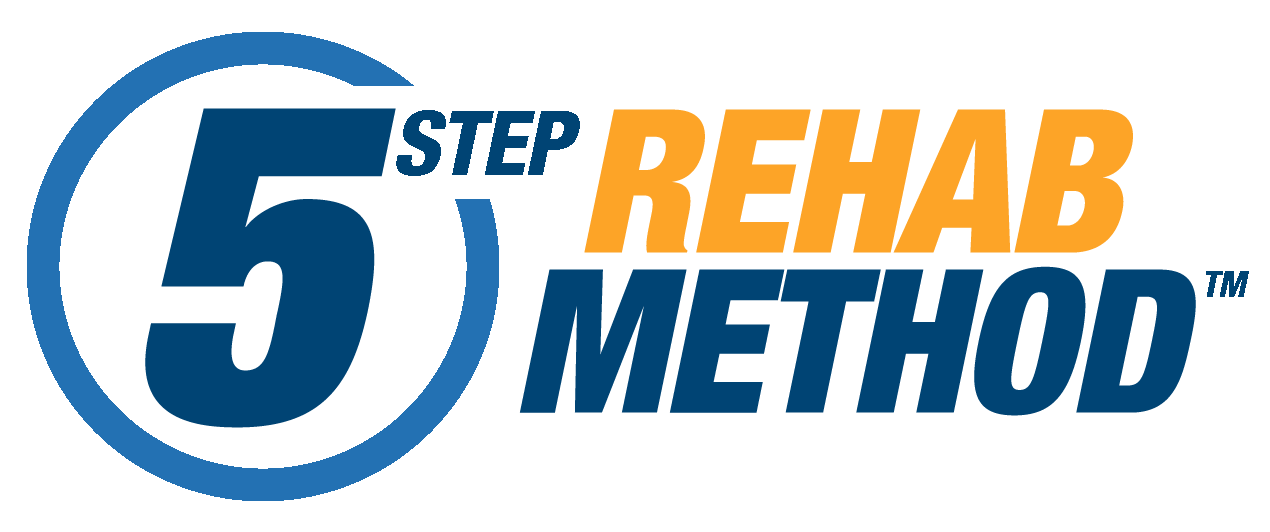
Every program that we create is built with the 5-Step Method as a foundation and acts as guiding a principle throughout the programs from start to finish. Each step is an integral part of the injury and post-operative rehabilitation process. Following our programs means you will also be applying our 5-Step Method during your rehabilitation journey.
The 5 steps (or as we like to call them, the 5 "P's") allow the programs to be specific to our clients' needs, injuries, surgeries or conditions. They ensure that our programs help you complete your rehab correctly and to achieve a successful return to exercise, training and sport as well as long-term management and injury prevention.

1. PLAN
| A structured and detailed rehab plan is essential for effective recovery, ensuring consistency, addressing all contributing factors, and providing guidance to improve symptoms and long-term outcomes. |
|
Let's face it, nearly all of us lack clarity and guidance on how to navigate the rehab of our injury or surgery without professional help.
If we don't have a structured plan we will have minimal improvement or lack of improvement in our pain as well as other symptoms, ending in a lack of faith in the rehab process.
The absence of a detailed plan leads to a lack of compliance and consistency with uncertainty and anxiety surrounding the injury and recovery,
cascading into a fear of failure to meet exercise goals and recovery timelines.
Doing a bunch of rehab exercises for a few weeks without a plan means you're not addressing all the other aspects and contributing factors of your injury including modifying load or exercise volume. |
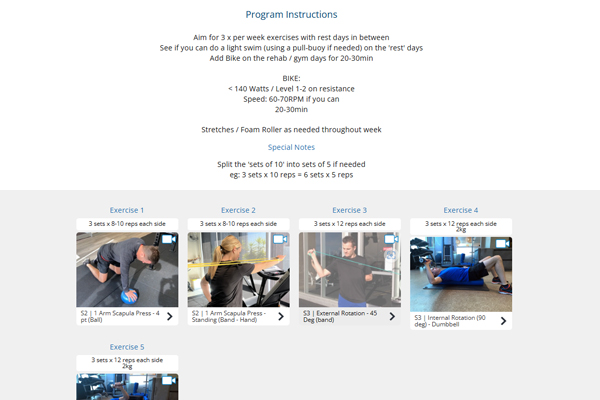
|
Plus you won't understand the key elements impacting your condition and what changes in activity you should be adopting.
It's pretty hard to formulate or manage a plan yourself let alone remember exactly what exercises you should be doing week to week!
The ideal rehab plan requires more than just the right exercises, it involves addressing components such as timeframes, relative rest, recovery, symptom management, training volume and exercise modification. It's not just about right exercises, it's also about education of your injury and guidance through the rehab journey. In a nutshell, a successful rehabilitation of injuries and surgery requires a structured and detailed plan. Following a clear, concise and detailed plan that addresses all aspects of your rehabilitation journey will lead to improvements in your symptoms and gains in progress, enabling you to get better outcomes and long-term results.
A comprehensive, specialised plan that covers all aspects of the injury is integral in the success of your rehabilitation.
The ideal rehab plan requires more than just the right exercises, it involves addressing components such as timeframes, relative rest, recovery, symptom management, training volume and exercise modification. It's not just about right exercises, it's also about education of your injury and guidance through the rehab journey. In a nutshell, a successful rehabilitation of injuries and surgery requires a structured and detailed plan. Following a clear, concise and detailed plan that addresses all aspects of your rehabilitation journey will lead to improvements in your symptoms and gains in progress, enabling you to get better outcomes and long-term results.
A comprehensive, specialised plan that covers all aspects of the injury is integral in the success of your rehabilitation.

2. PERSONALISED
| Using a generic rehab approach with non-specific exercises can lead to frustration, worsening symptoms, and poor recovery, whereas a tailored program addressing the root cause of injury ensures better outcomes. |
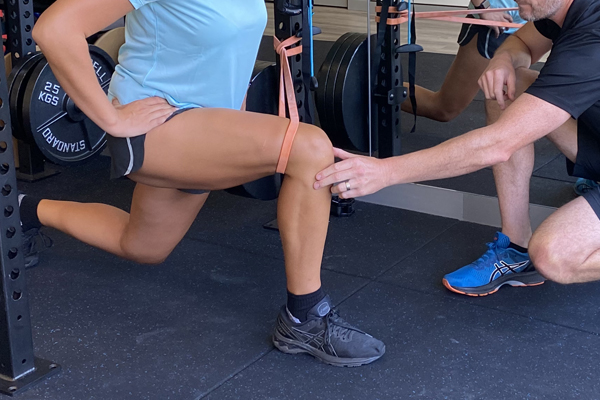
|
|
In most cases, people are not engaging with the correct rehab approach and the right exercises for their injury,
which results in a suboptimal rate of improvement following injury or surgery with potential worsening of symptoms.
If someone adopts exercises and programs that are not specific enough to the injury itself, this can lead to a further escalation of an injury.
People become frustrated because what they are doing feels like a futile attempt at rehab and a waste of time.
The exercises in generic strengthening programs are not targeted well enough to the issues, so it makes more sense to start using a specific rehab program that is tailored to the injury and targets the root cause, not just the symptoms. |
The root cause of injuries can be different and so rehab programs shouldn’t be based on generic strengthening or muscle-building approach.
Specific injuries need specific exercises, as not all injuries can be fixed with the same exercises, reps and sets.
To get the best outcomes, a program needs to incorporate exercises addressing biomechanical causes as well as the resulting weakness and dysfunctions.
A personalised approach to rehab will ensure all deficits, weaknesses and issues specific to your injury are addressed.
Doing the right exercises, at the right time throughout the rehabilitation program will lead to sustained improvements in symptoms and outcomes
Doing the right exercises, at the right time throughout the rehabilitation program will lead to sustained improvements in symptoms and outcomes

3. PRECISE
| Performing exercises with proper technique, precision, and consistency is essential for effective neuromuscular control, strength, stability, and optimal recovery. |
|
When many people undertake a rehab program most are not performing the exercises in the correct way and not doing the right amount or frequency.
This usually results in them making minimal gains or improvements in strength, a poor recovery from injury and worsening of symptoms.
Often this leads to them giving up on exercises, questioning their rehab and lacking overall trust in the process.
The lack of precision with their exericses has lead to suboptimal gains and slow progress, stagnation in their rehabilitation with inability to progress or continue exercising. |
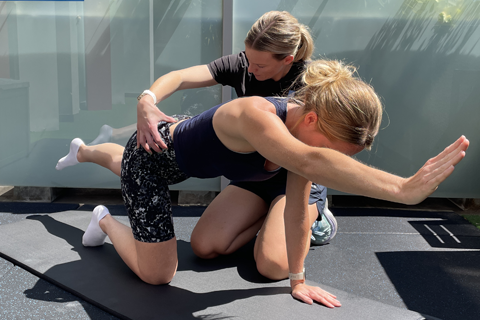
|
Not doing your exercises correctly or with good enough technique means you can't produce effective changes in neuromuscular control, stability and strength.
Even if you're doing all the right exercises, you are not doing them well enough with regard to form, sets, reps, volume, load or frequency.
Most of us lack the ability to adopt precise form in our exercises and manage the right prescription ourselves.
We also don’t have a good mind-muscle connection, due to lack of training, weakness, pain inhibition and compensatory strategies.
Following injury and surgery the body requires neuromuscular re-training through precise and intentional movement, especially when pain messaging causes compensation and changes in normal movement. Just doing exercises and putting in the time will only lead to the average results regardless of quality.
If exercises are done properly and with precision, this will create better gains in control, stability and strength, leading to an increased rate of recovery. Therefore, performing your exercises correctly is just as important as reps, sets and load. As Physios, we value quality of movement over quantity and so taking the time to get your rehab done right will actually speed up your rehabilitation. An important point to realise is that you need to be able to perform exercises correctly at home by yourself, not just under supervision for the Physio. Clear instruction and coaching using videos for each exercise will allow you to master these exercises at home in your own time. Optimising the way you perform your exercises will in turn lead to greater neuromuscular changes and adaptations. Holding yourself to a higher standard with your rehab, will lead to better outcomes and overall success.
Being precise with your exercise form and technique will lead to greater the results and a faster rate of improvement.
Following injury and surgery the body requires neuromuscular re-training through precise and intentional movement, especially when pain messaging causes compensation and changes in normal movement. Just doing exercises and putting in the time will only lead to the average results regardless of quality.
If exercises are done properly and with precision, this will create better gains in control, stability and strength, leading to an increased rate of recovery. Therefore, performing your exercises correctly is just as important as reps, sets and load. As Physios, we value quality of movement over quantity and so taking the time to get your rehab done right will actually speed up your rehabilitation. An important point to realise is that you need to be able to perform exercises correctly at home by yourself, not just under supervision for the Physio. Clear instruction and coaching using videos for each exercise will allow you to master these exercises at home in your own time. Optimising the way you perform your exercises will in turn lead to greater neuromuscular changes and adaptations. Holding yourself to a higher standard with your rehab, will lead to better outcomes and overall success.
Being precise with your exercise form and technique will lead to greater the results and a faster rate of improvement.

4. PROGRESSION
| Progressive rehab programs that adjust stability, load, and difficulty are essential for strengthening tissues, preventing re-injury and overcoming plateaus. |
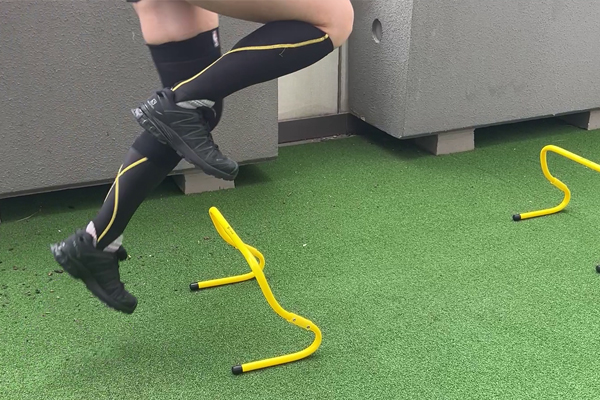
|
|
During any rehab, people are at risk of re-injury or a plateau of improvement if the program does not have any form of progression.
This will lead to de-conditioning, tissue weakness and ongoing pain.
Most people lack the understanding of injury and body responses as well as awareness of the important of correct and progressive programming and usually can't program their own rehab.
Ultimately this will lead to a failure to return to previous level so activity and sport. Injured tissues don't strengthen if all they are given is complete rest, as they don't immediately get strong when it's 'healed' or the pain has subsided. Tissue actually heals most effectively with appropriate loading. |
A program therefore needs to be changing over time for the entirety of the injury, making sure you are not doing too little or too much for each stage of recovery.
Progression requires changes in stability, load and difficulty to create improvement over time.
The path from injury to full resolution is progressive and the loading is tailored to what stage the injury is at.
Sudden loads on healing and even healed tissue can cause re-injury, so it important to start with low load and progress incrementally as able to the heavier or more difficult loads as your tissue heals and strengthens.
Progressive programming, including loading, conditioning, and stability, is the fastest and most effective way to successfully return to activity.
Progressive programming, including loading, conditioning, and stability, is the fastest and most effective way to successfully return to activity.

5. PERMANENCE
| Consistent adherence to rehab and maintenance programs is essential for long-term injury prevention, sustained progress, and the ability to train and exercise at your desired level with confidence. |
|
Usually there is reduced compliance with rehabilitation long term. It's hard to stick to your rehab and it's natural to stop doing exercises once you feel better, are exercising or return to sport.
However this can lead to regression and return of injury, especially when you are engaging in higher levels of exercise or training.
Recurrence of an injury at this stage will result in reduced exercise and activity tolerance and an overall feeling of being out of control with your injury.
Many people return to their favourite exercise without a long-term management plan. Meaning they're not doing their regular maintenance training that got them better in the first place and lack the ability to keep doing the exercises or manage any flare-ups of injuries. |
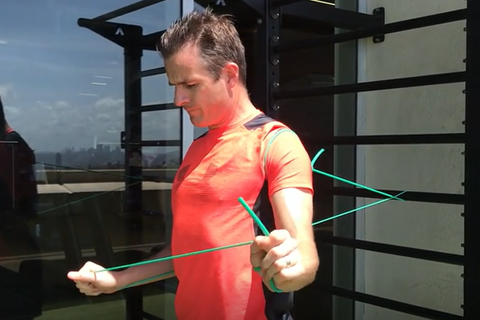
|
The underlying problem is most of us don’t understand that many injuries require some form of maintenance. It is rarely a “one-and-done” scenario.
When pain goes away and the exercise compliance drops off, that’s when injury and pain returns.
The most common mistake people make is thinking once the pain is gone, the problem is fixed and there is no need for the exercises. Sound familiar?
A key message here is that long-term adherence to rehab and maintenance programs will lead to long term results, reduce the risk of recurrent injury, ability to train and exercise to the level you wish consistently. It’s important to realise that most will still need to continue rehab when we get back playing or exercising and that rehab shifts to maintenance to ensure we do not go backward, and lose gains we have made. Ultimately people need to be in control of their problem if they continue to be consistent they will gain confidence and as well as successful outcomes.
Maintaining and ongoing compliance with your exercise program allows you to continue training and exercising at your desired level in the long term.
A key message here is that long-term adherence to rehab and maintenance programs will lead to long term results, reduce the risk of recurrent injury, ability to train and exercise to the level you wish consistently. It’s important to realise that most will still need to continue rehab when we get back playing or exercising and that rehab shifts to maintenance to ensure we do not go backward, and lose gains we have made. Ultimately people need to be in control of their problem if they continue to be consistent they will gain confidence and as well as successful outcomes.
Maintaining and ongoing compliance with your exercise program allows you to continue training and exercising at your desired level in the long term.



